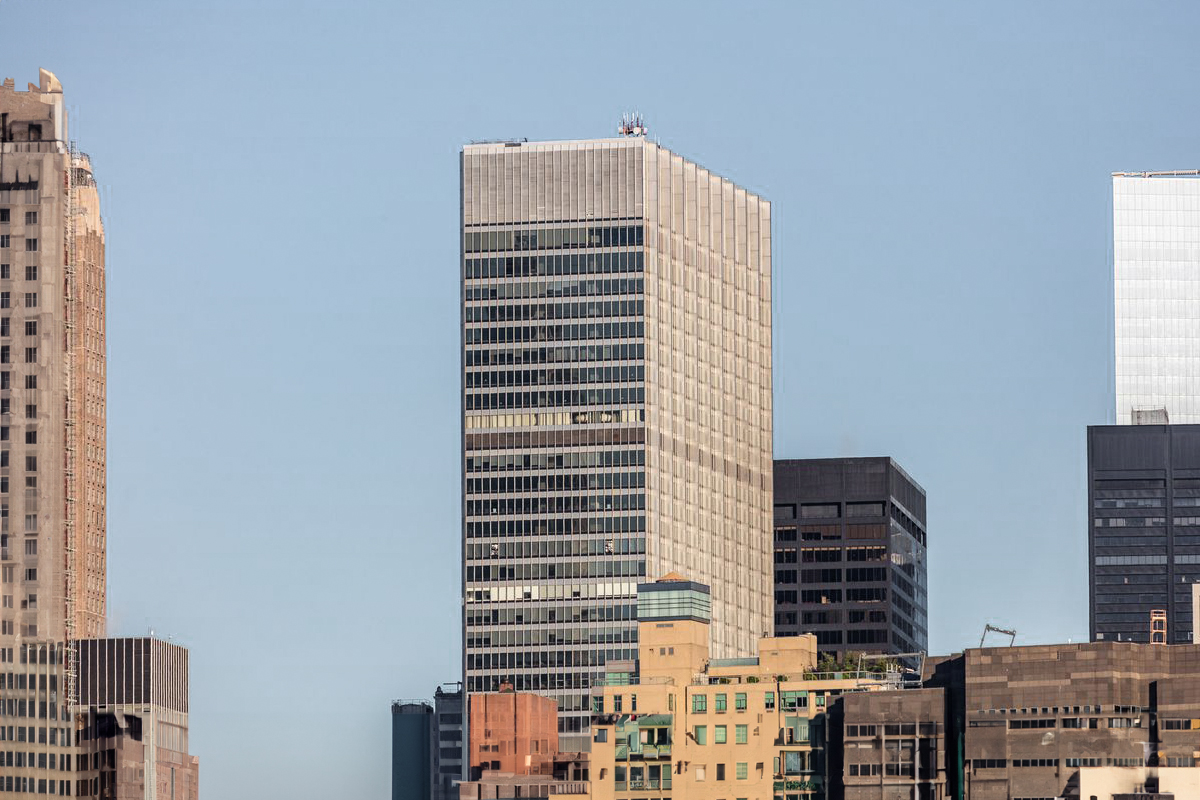The One Penn Plaza is an International Style skyscraper designed by Kahn & Jacobs, and built between 1970 and 1972 in New York, NY.
Its precise street address is 250 West 34th Street, New York, NY. You can also find it on the map here.
The building has been restored 2 times over the years to ensure its conservation and adaptation to the pass of time. The main restoration works happened in 2023 and 1995.








